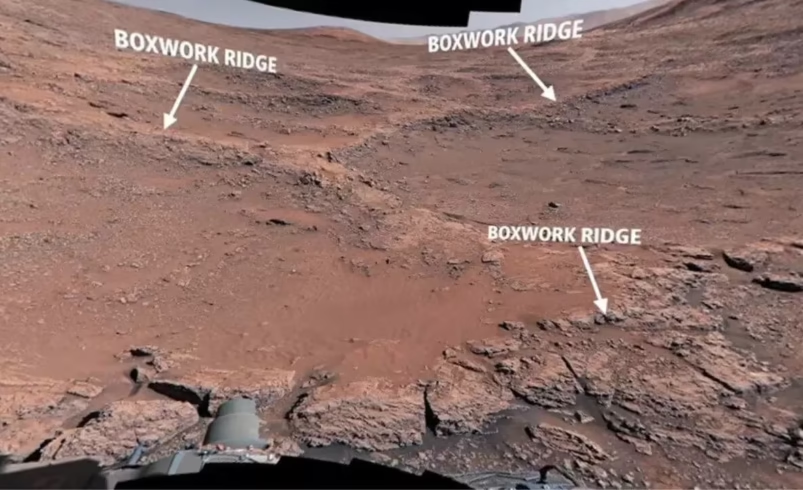NASA’s Curiosity Rover Unveils Unique Martian Rock Patterns
- June 26, 2025
- 0

NASA’s Curiosity rover has made a fascinating discovery on Mars, capturing images of unusual rock formations that resemble spiderwebs. These intriguing structures were found on Mount Sharp, a central peak within the Gale Crater, where the rover has been exploring since its landing in 2012. The formations are believed to have originated from ancient groundwater activity, which over time, deposited minerals that formed these intricate ridges.
Scientists are particularly interested in these mineral-rich structures as they may provide significant insights into Mars’ geological history and its potential to have supported microbial life. The presence of such formations suggests that water once flowed beneath the Martian surface, creating conditions that could have been conducive to life.
The discovery of these spiderweb-like patterns adds to the growing body of evidence that Mars was once a more dynamic and possibly habitable environment. By studying these formations in detail, researchers hope to unravel more about the planet’s past climate and hydrological processes. This could also inform future missions aimed at searching for signs of past life on Mars.
Curiosity’s ongoing mission involves analyzing the composition of these rock formations using its suite of scientific instruments. This includes assessing the mineral content and understanding the environmental conditions under which they formed. The findings from this research could not only enhance our understanding of Mars but also contribute to broader planetary science by offering comparisons with similar geological features on Earth.
As Curiosity continues its journey up Mount Sharp, it will undoubtedly uncover more secrets hidden within the Martian landscape, each discovery bringing us closer to understanding our neighbouring planet’s history and its potential for life.